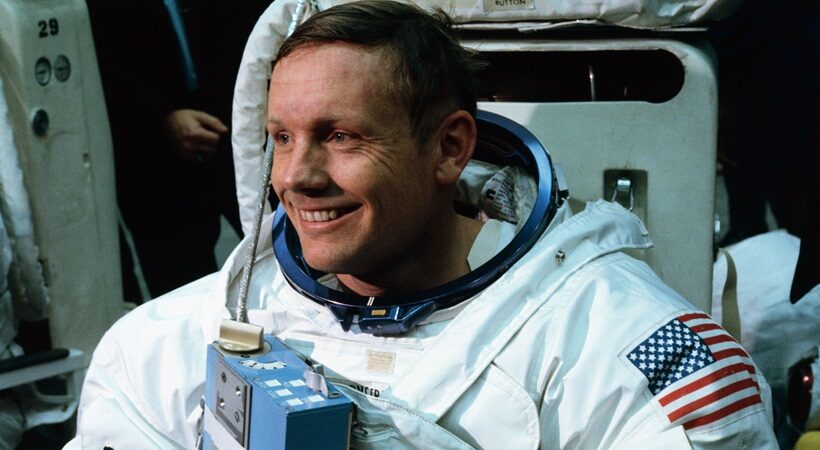Neil Alden Armstrong, the American astronaut and aeronautical engineer and the first person to step foot on the Moon, was born today – August 5, 1930. Armstrong’s NASA career began in Ohio.
Armstrong joined the National Advisory Committee for Aeronautics (NACA) in 1955 after serving as a naval aviator from 1949 to 1952. His first assignment was with the NACA Lewis Research Center, known as NASA Glenn at present, in Cleveland.
Over the next 17 years, Armstrong was an engineer, test pilot, astronaut and administrator for NACA and its successor agency, the National Aeronautics and Space Administration (NASA).
In his lifetime, Armstrong flew over 200 different aircraft models, including jets, rockets, helicopters and gliders.

On Neil Armstrong’s 91st birth anniversary, here are five lesser-known facts about the man whose “one small step” inspired a generation of people to strive to achieve their goals:
- Neil Armstrong learnt how to fly before he got a driver’s license. He had taken enough lessons to be able to command a cockpit by the tender age of 15.
- Armstrong’s famous quote – “That’s one small step for man, one giant leap for mankind” – had been misheard back on Earth. Armstrong later clarified that he was pretty sure he had said, “That’s one small step for a man, one giant leap for mankind.” The ‘a’ was possibly obscured due to his speaking patterns or may as well have broken upon transmission.
- A door hinge possibly made all the difference to the Apollo 11 mission. Yes, you heard that right. While there are numerous theories as to why Armstrong set foot on the Moon first and not Buzz Aldrin, the most probable theory is that the exit had a hinge that opened inwardly. Since Armstrong was sitting on the left, it was more convenient for him to step out first. For Aldrin to be the first, he would have essentially climbed over Armstrong to get out.
- Landing on the Moon concerned Armstrong more than walking on it. Armstrong controlled the lunar module that had to be brought down on the surface of the Moon from 50,000 feet up. It was necessary to successfully avoid rocks, craters and other obstacles that may have come their way. According to Armstrong, the “business” of getting down the ladder was less significant.
- When Armstrong, Aldrin, and Michael Collins returned to Earth, they spent three weeks in quarantine. Collins had stayed behind in the command module. When President Richard Nixon visited, he had to greet the men through the chamber’s glass window.



















